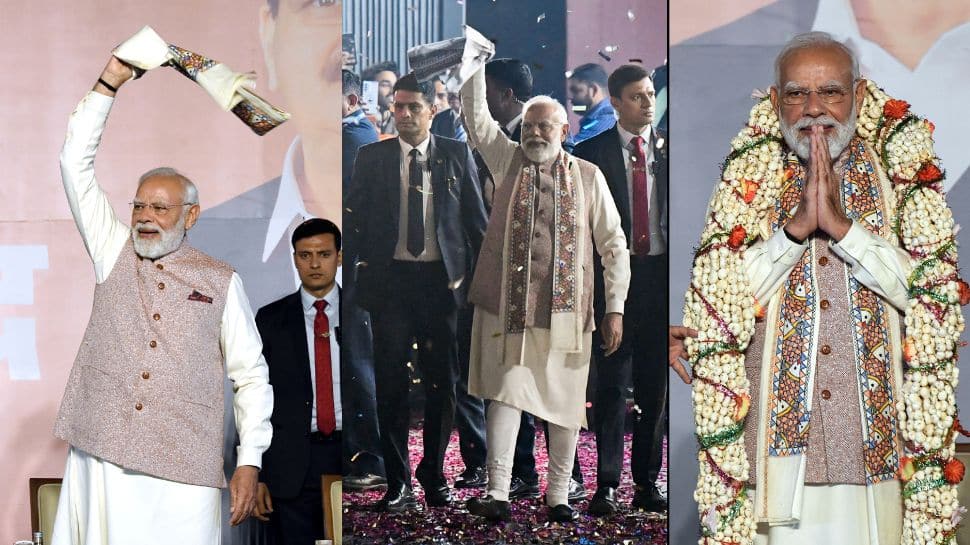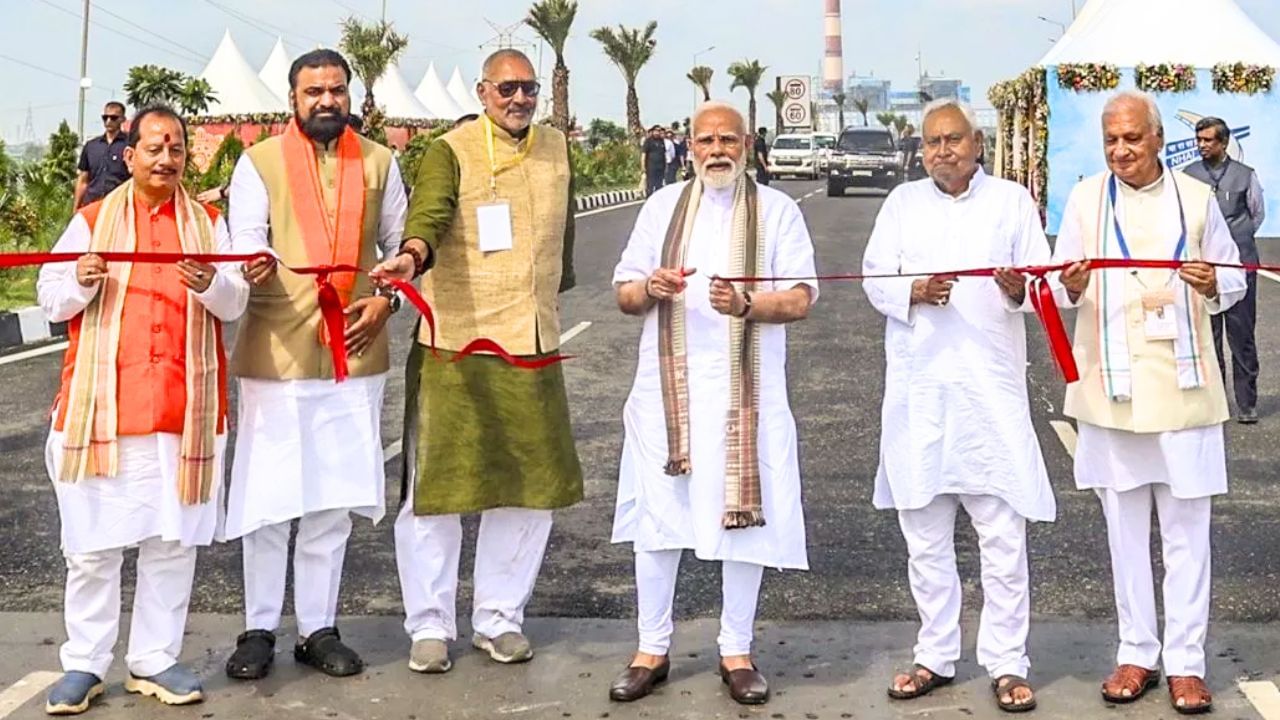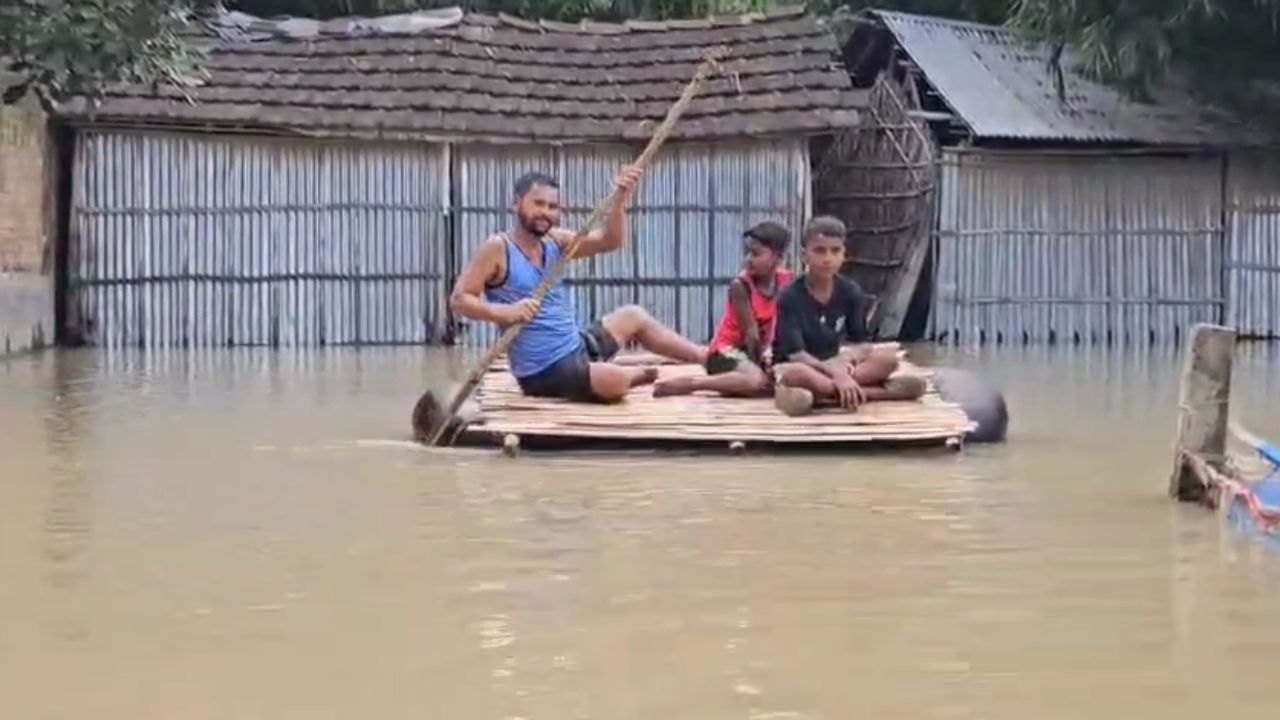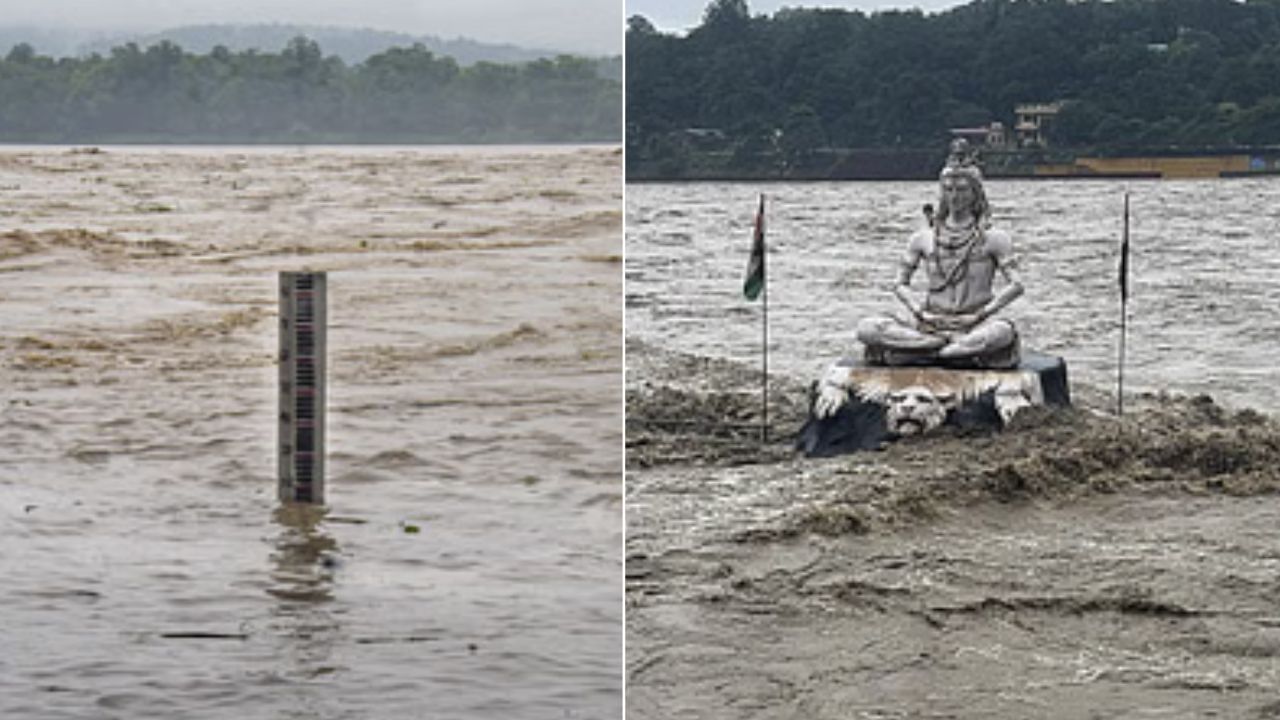Subscribe to Updates
Get the latest creative news from FooBar about art, design and business.
Browsing: Ganga River
A tragic incident occurred in the Sahibganj district of Jharkhand when a boat carrying passengers capsized in the Ganga River. The boat,…
Chief Minister Pushkar Singh Dhami marked four years in office with a traditional Ganga worship ceremony at Brahmakund, Har Ki Pauri in…
In a shocking case from Bhagalpur, Bihar, a man brutally murdered his wife and disposed of her body in the Ganga River.…








